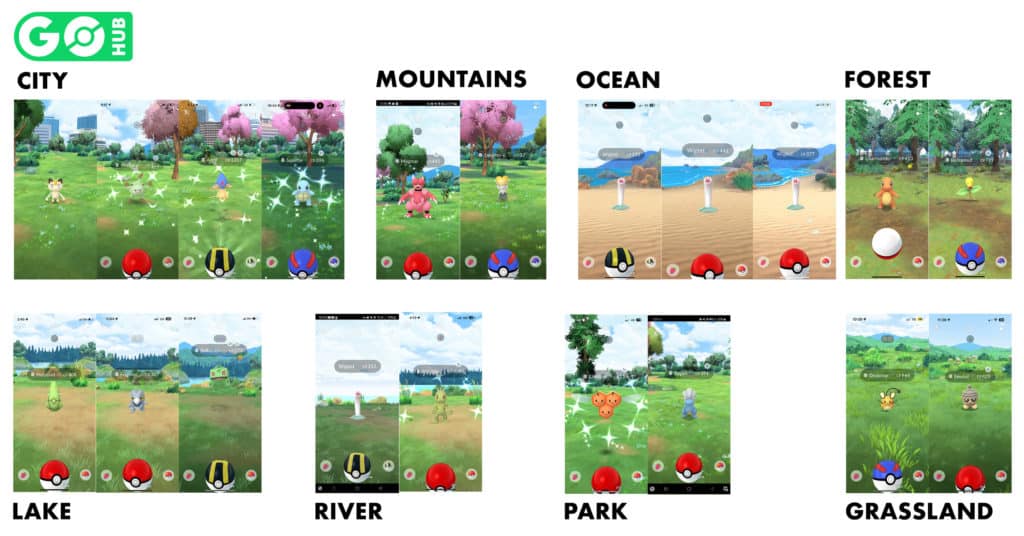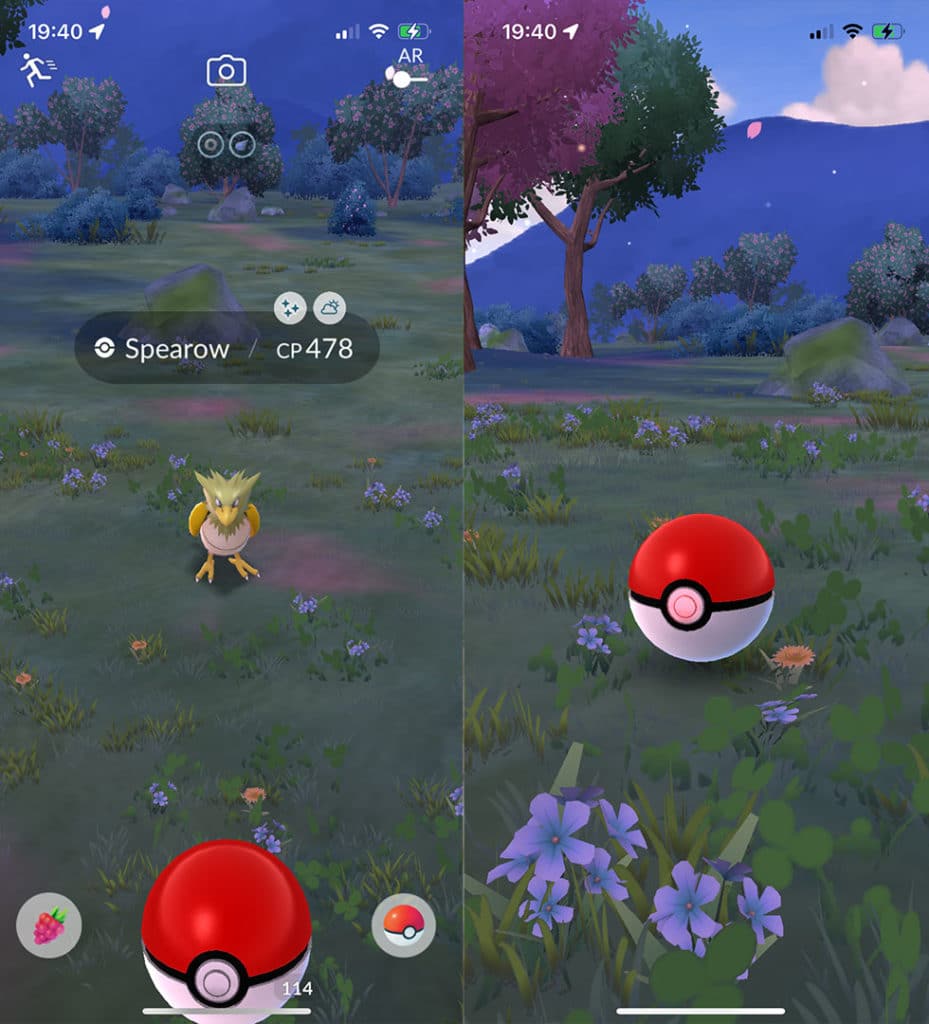Biomes are a new feature that launched in Pokémon GO on Earth Day 2024, updating the in-game catch visuals, and bringing a new spawn mechanic to the game! Let’s see together what’s new with Pokémon GO Biomes!
Pokémon GO Biomes are real world ecosystems that Pokémon GO can use to help determine which Pokémon might appear as Wild spawns, and which environment graphics might be displayed.
Types of Pokémon GO Biomes
There are several different biomes: forest, beach, mountain, city, etc. Niantic hasn’t publicly confirmed all of the biomes which exists, but we know that there should be around half a dozen biomes in the game. Here is a list of all the Pokémon GO Biomes that have been discovered:
- Park biome, default – has a number of variations, with more or less foliage
- Beach biomes – all beach biomes look slightly different, but all containing bodies of water
- Lake
- River
- Ocean
- Tropical beach biome – same as beach, but has palm trees
- Mountain biome – characteristic mountains in the background
- Forest biome – recognisable by tall pine trees, unable to see through them
- Grasslands / bush lands biome – typically lower vegetation, no tall trees visible, bushes on a meadow
Biomes can look different, depending on their location
Biomes are based on official USGS data set on global ecosystems, hence the data is fairly accurate for most of the world. Niantic has shared that encounters within each biome can look slightly different, as the game has the ability to customise the following:
- Pokémon encounter background – the game can decide to draw mountains, city scape, a mixture of those two, or something else, depending on the surrounding data
- Vegetation – the amount of vegetation can vary, the size of trees, their type, and their color can also vary
There are a handful variations of beach, forest, and body of water biomes, and the game can change the way each biome looks slighly. One of the goals of Pokémon GO biomes is to make each Pokémon encounter look a little different, even when they are in the same biome.
Biomes support seasons
Pokémon GO’s Biomes also support seasonality, with colors of selected plant species changing to reflect Trainer locations. For example, trees will be in bloom during Spring time, and their leaves will turn yellow during Autumn:
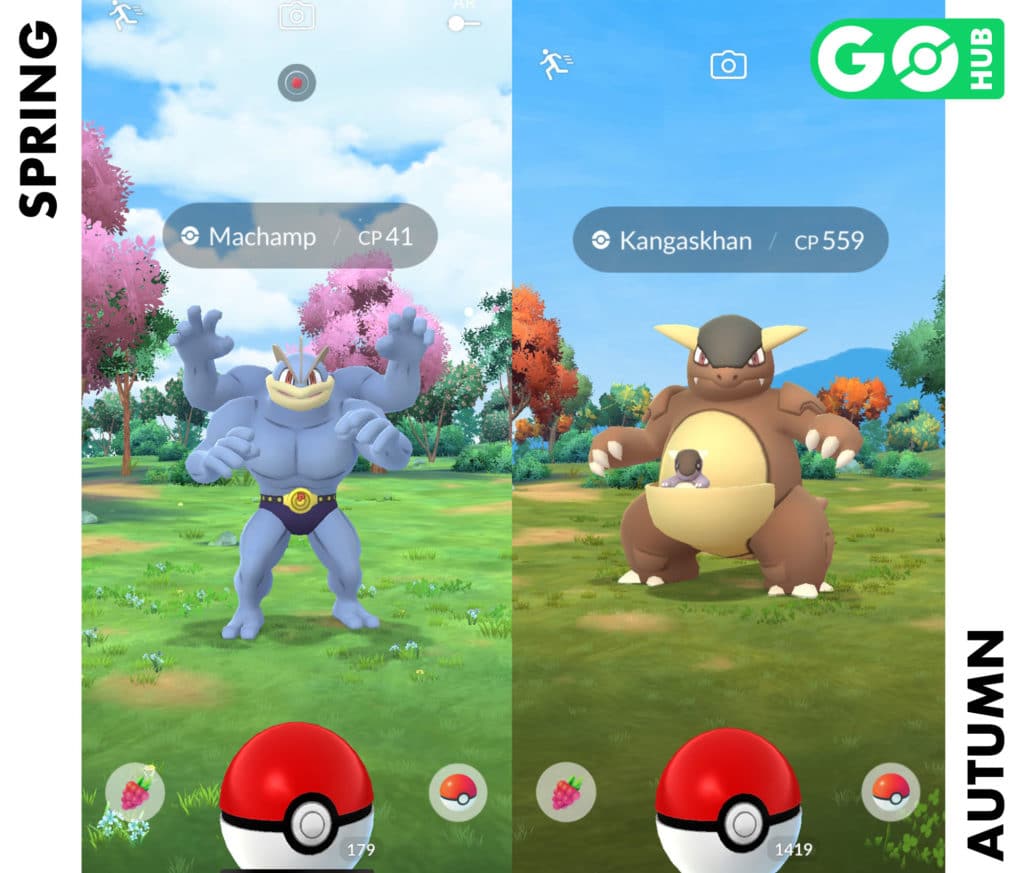
Biomes support day and night cycle
Biomes can display different graphics based on time of day as well, and Niantic shared they are particularly proud of the sunset at the beach visuals. Here is an example of a night time encounter in a Park biome:
Kanto Pokémon in Biomes
Kanto Pokémon have been discovered to appear more in specific biomes. Only Kanto Pokémon have shown this behaviour. Here are the officially confirmed Kanto spawns per biome!
- The forest biome is home to Pokémon first discovered in Kanto such as Bulbasaur, Caterpie, Weedle, Oddish, and more.
- The beach biome is home to Squirtle, Psyduck, Seel, Magikarp, and more.
- The mountain biome is home to Sandshrew, Clefairy, Zubat, Diglett, and more.
- The city biome is home to Caterpie, Pidgey, Machop, Gastly, and more.
Biome spawns can appear elsewhere during special events
Biomes not only impact appearance, but also the Pokémon that will appear in that environment. Pokémon originally discovered in the Kanto region will appear in specific biomes, although they have been known to appear outside of these biomes during certain Pokémon GO Seasons or special events. Keep an eye on these biomes to see what other Pokémon may appear there!
Some iconic Kanto Pokémon will now be tied to biomes, unless they are featured in an event, or as a seasonal spawn.
Biomes are not habitats
Trainers sometimes mistakenly use the term “habitat” to refer to certain areas where a Pokémon might spawn. This is not correct, as habitats are used to refer to specific areas of Pokémon GO’s GO Fest event venues, and only in that context. Examples include “Noxious Swamp”, “Prehistoric Volcano”.
Meet a new friend, Wiglett!
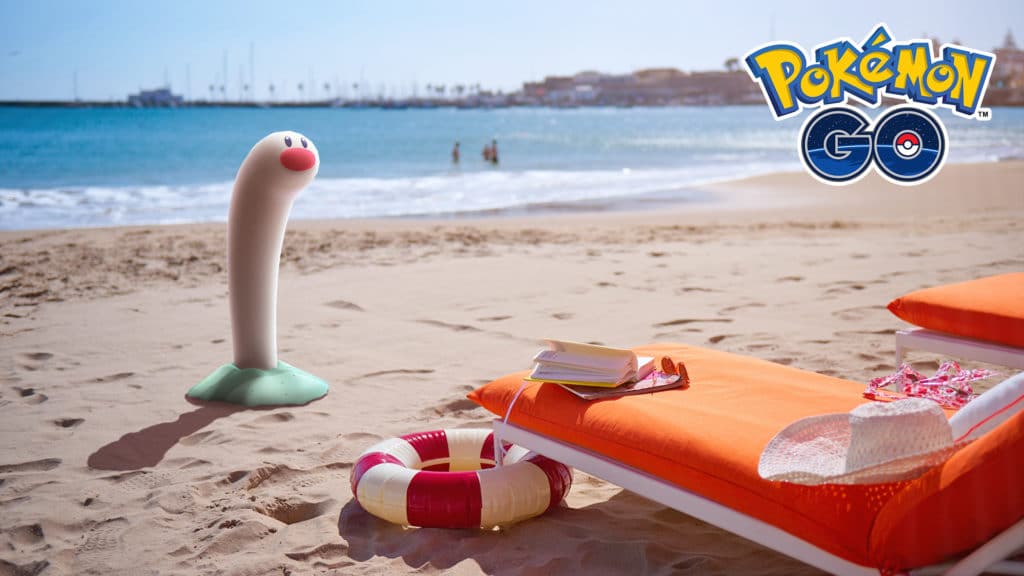
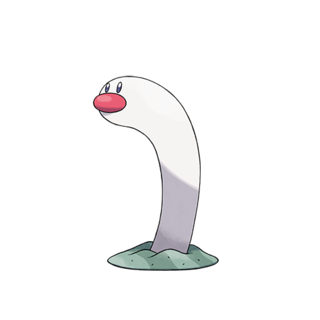 Wiglett
Wiglett
Wiglett, the Garden Eel Pokémon, will make its Pokémon GO debut in the beach biome. Wiglett was already spotted around the world, so head to the beach, and get Diglett’s distant cousin.
Wiglett is a Water-type Pokémon with a Max CP of 648 in Pokémon GO. Wiglett’s best moveset is Water Gun and Surf. It is weather boosted by Rain weather, and it was originally found in the Paldea region.


